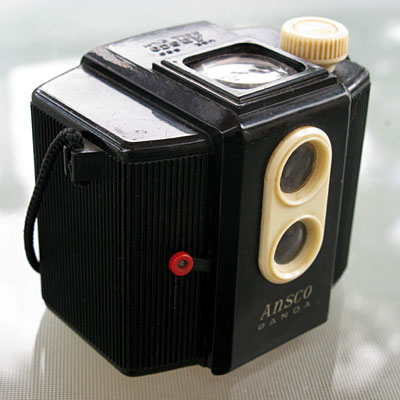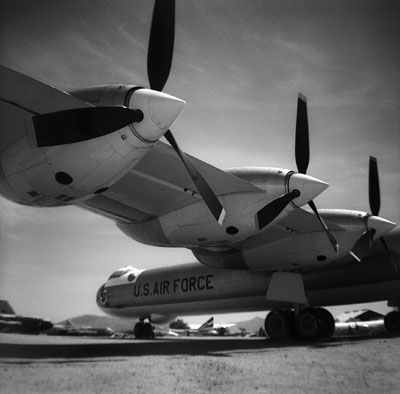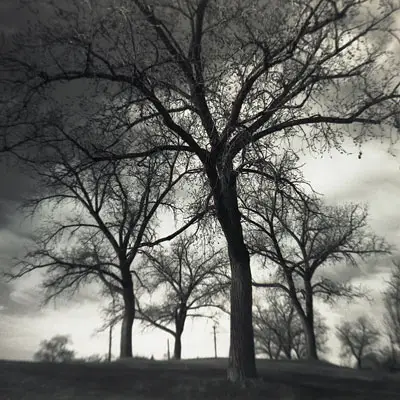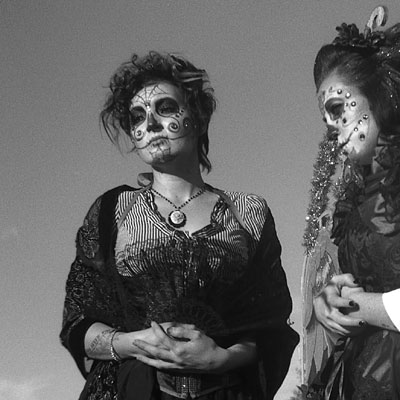vintage cameras index home

Pictures from the Ansco Panda


The Panda is often described today as a children's toy camera, but contemporary publicity shows that it was marketed more generally to a popular audience looking for an inexpensive instrument to make photos for family snapshot albums. In fact, the Panda made extremely nice images, far beyond what might be reasonably expected from such an apparently simple camera.
The Panda's shell was molded from polystyrene to achieve strength and light weight, as well as simplicity in production. The designer achieved an extremely compact size for a medium format camera by using a wrap-around film carrying strategy. Additionally, the focal length of the lens was established at 60mm, shorter than normal for most box cameras and allowing a minimum camera to subject distance at f:14 of just six feet. The image captured by the lens showed very good central sharpness, with smooth degradation toward the image borders and no vignetting. Image sharpness was also enhanced by a curved film plane, a smooth release lever action, and a snappy shutter that looks to be operating a bit quicker than the average box camera.
Photographers wanting to use the Panda today need to cope with the fact that the camera was built to shoot 620-format film. That means you need to either trim down the spool ends of a 120 roll to fit it in the Panda's film compartment, or you need to re-roll 120 film onto the smaller metal 620 reels. In any case, it is necessary to have a 620 reel for the take-up side. I have not tried trimming 120 spools to fit in the Panda, but have used it only with re-rolled 120.
A copy of the Panda user manual will be found at the Butkus site, though the camera's simplicity really requires little in the way of instruction. One thing that is useful to know is that the latch on the bottom must be turned in a clock-wise direction to release the back; mine looks like someone took a screwdriver to the back in an attempt to open it. Even without the screwdriver treatment, the camera is subject to small light leaks where the back joins the top, but a strip of black tape easily deals with that issue. As is the case with any of the old box cameras, it is also a good idea to keep the ruby window covered with opaque tape except when the film is actually being advanced.

Additional Panda images are on my blog.
vintage cameras index home
 © mike connealy
© mike connealy